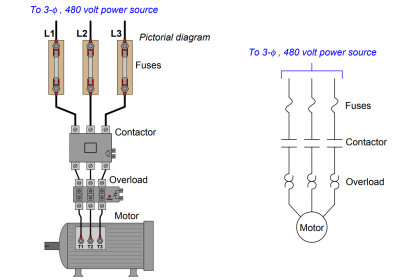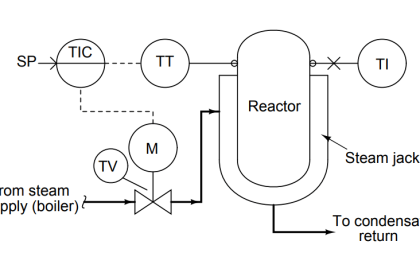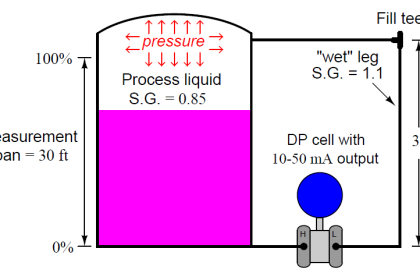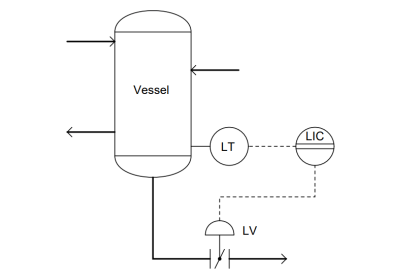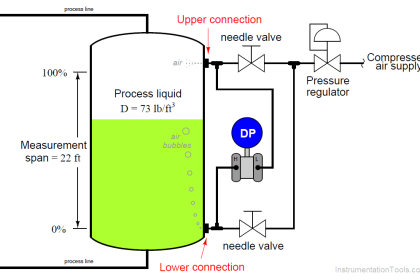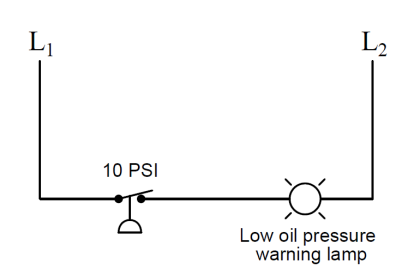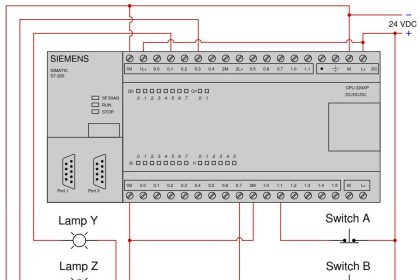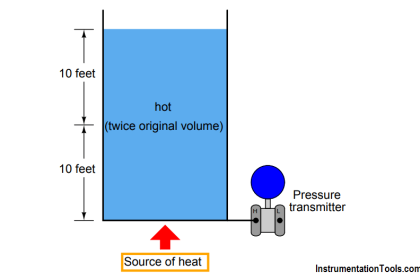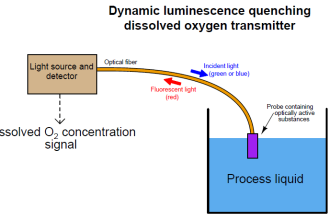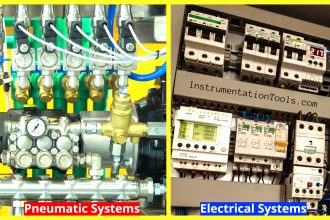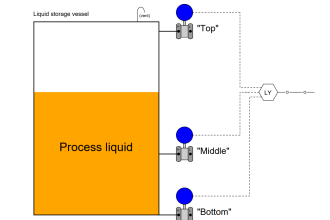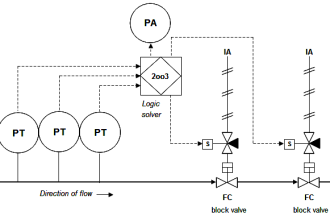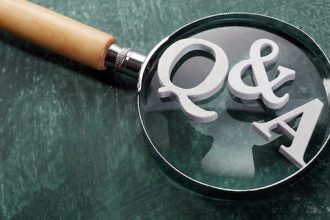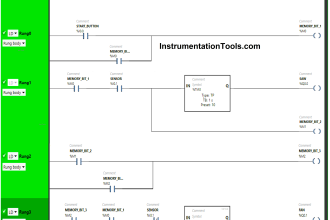A potable (drinking) water storage tank requires a high-level alarm to warn operations personnel of impending overflow conditions.
A high-level switch is on order, but until this switch arrives for installation, you are asked to devise a very simple yet effective high-level indicator device that will function in the interim.
Explain how you would build such a device.
Bonus points for devising a method that uses very simple electronics parts (easily found in a electronics shop).
Simple High Level Indicator Circuit
Since the process liquid is potable water, it is mildly conductive to electricity.
Virtually any high-level alarm circuit built around one or two electrodes located at the high-water level will suffice.
Here is a sample idea:
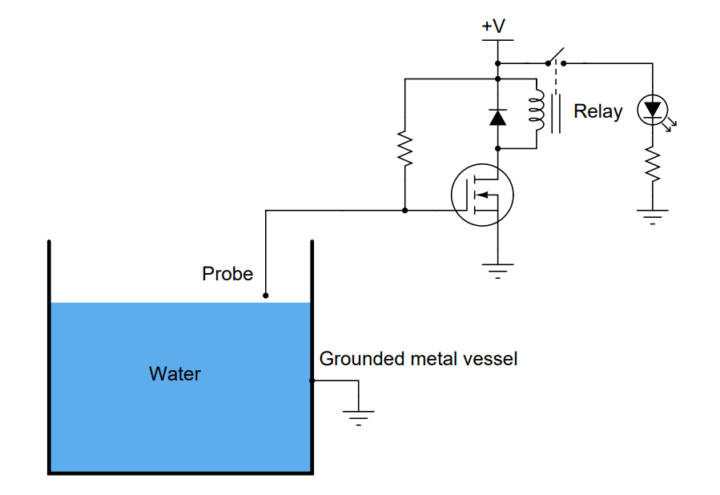
We can also use a simple transistor for controlling the relay based on the input voltage from the probe.
Do you have any other ideas? Share with us through the below comments section.
Read Next:
Credits: Tony R. Kuphaldt
